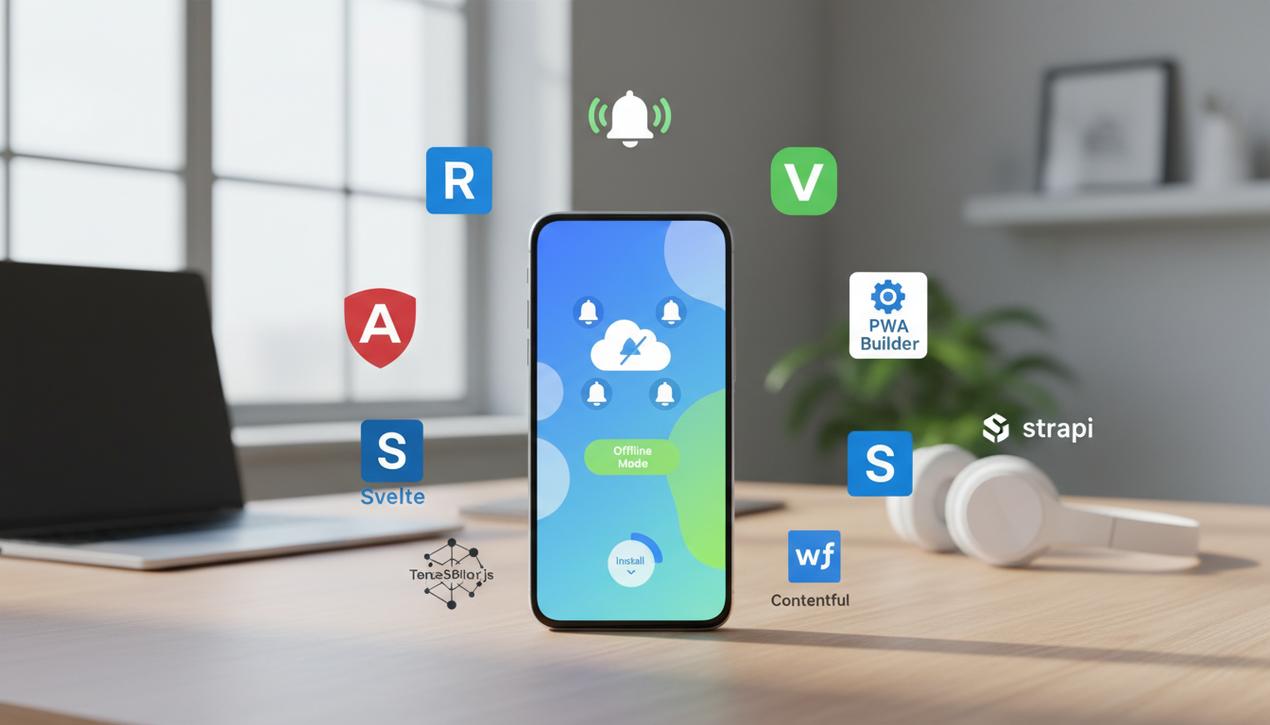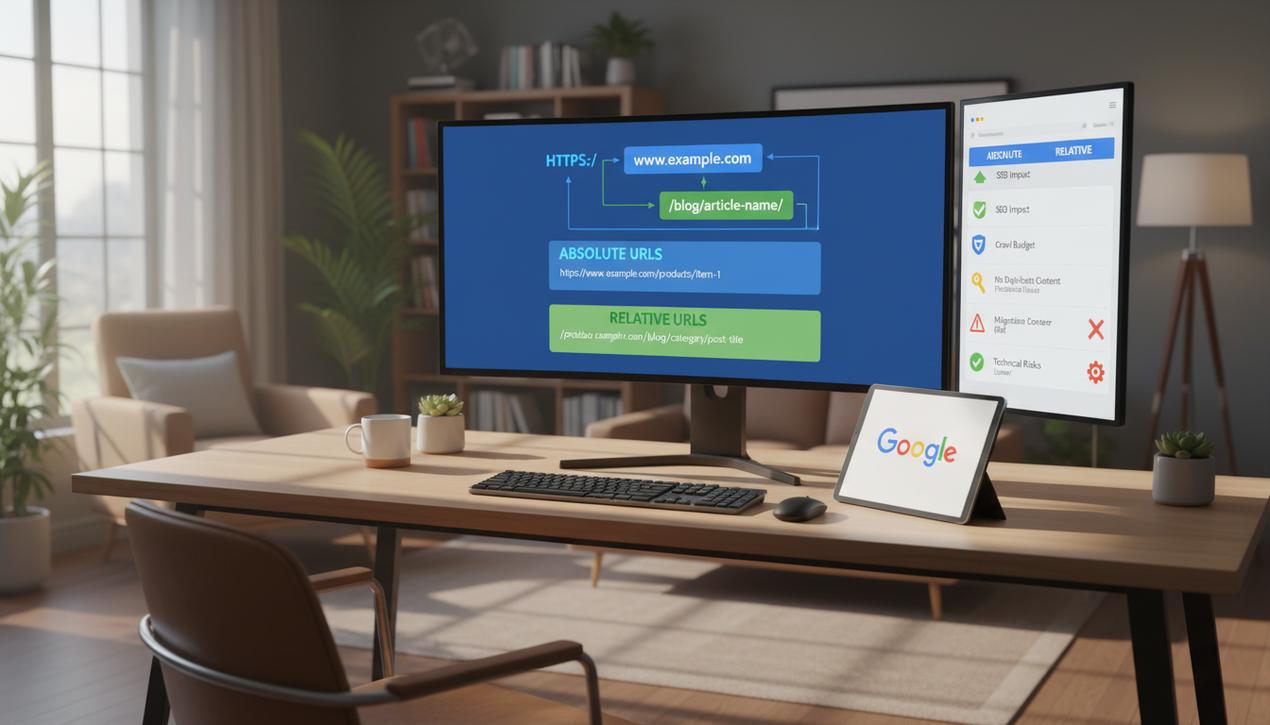How to Create a Free Blog: The Top 10 Platforms of 2025


Far from being an outdated practice, blogging in 2025 is more strategic and vital than ever. For businesses, freelancers, and hobbyists alike, creating a free blog is an accessible gateway to building an audience, developing a personal brand, and generating new opportunities. Contrary to popular belief, the demand for in-depth, quality content is on the rise. Recent statistics show that the average length of a top-performing blog post is now over 1,400 words, a clear signal that readers are actively seeking expertise. Furthermore, over 75% of content marketers view blogging as a cornerstone of their customer acquisition strategy. Starting a blog at no cost is a smart move to test a concept, share a passion, or lay the foundation for a solid online presence. This complete guide analyzes the best free platforms of 2025, detailing their strengths and weaknesses to help you make an informed choice that aligns with your ambitions.
Why Create a Free Blog in 2025?
Before choosing a tool, it’s essential to understand the tangible benefits a free blog can offer. It’s much more than an online diary; it’s a powerful marketing and personal development tool, even in its no-cost version.
1. Test an Idea Without Financial Risk
Do you have a niche idea, a business concept, or expertise to share but are unsure of its potential? A free blog is the perfect testing ground. It allows you to validate audience interest, identify customer needs, and build an initial community without investing a single dollar.
2. Build Your Personal Brand
For freelancers, consultants, or job seekers, a blog is a dynamic portfolio of your knowledge. Regularly publishing insightful articles in your field positions you as an expert, enhances your credibility, and naturally attracts clients or recruiters.
3. Learn the Fundamentals of SEO and Content Marketing
Starting with a free platform is an excellent way to learn the ropes of digital marketing. You’ll gain hands-on experience writing for the web, optimizing your headlines, structuring your articles for readability, and analyzing your first traffic statistics. These are indispensable skills in today’s digital economy.
4. Cultivate an Engaged Community
A blog enables you to build a direct and authentic relationship with your readers. Through comments, shares, and email sign-ups, you can foster discussions, gather feedback, and unite a community around your shared interests or brand values.
Key Criteria for Choosing the Right Platform
With so many options available, it’s easy to feel overwhelmed. Here are the four main criteria to evaluate to find the platform that perfectly matches your initial needs.
Ease of Use
If you’re a beginner, prioritize an intuitive interface, ideally with a drag-and-drop editor. You should be able to create posts, add images, and customize the design without needing to write or edit a single line of code.
Customization and Design
Your blog’s design should reflect your brand or personality. Check the quantity and quality of the free templates offered. The ability to change colors, fonts, and layouts is crucial for standing out.
Scalability and Growth Potential
Even if you’re starting for free, think about the future. Does the platform offer paid plans if your blog gains traction? Can you easily migrate your content to a more robust solution later on?
Built-in SEO Tools
To be found on Google, your blog needs to be search engine friendly. Ensure the platform allows you to customize page titles and meta descriptions at a minimum. Some even offer guided SEO checklists to help you get started.
The Top 10 Platforms to Create a Free Blog
We’ve analyzed and compared the best solutions on the market to help you launch your blog without any cost. Here is our selection for 2025.
1. Wix
Wix is a hugely popular website builder that excels at blogging thanks to its simplicity and creative freedom. Its drag-and-drop editor is one of the most intuitive available.
- Best for: Beginners, creatives, freelancers, and small businesses who want a beautiful, functional blog up and running quickly.
- Pros: Enormous design flexibility, hundreds of templates, a generous 500 MB of free storage, and integrated basic SEO tools.
- Cons: Wix ads are displayed on your site, you cannot switch templates after publishing, and you are assigned a subdomain (e.g., username.wixsite.com/blog).
2. WordPress.com
This is the hosted, “all-in-one” version of the world’s most popular CMS. It handles all the technical aspects like hosting and security, allowing you to focus purely on creating content.
- Best for: Dedicated bloggers who prioritize a powerful writing experience and the WordPress ecosystem without the technical overhead.
- Pros: A robust post editor, built-in visitor stats, a massive community, and 3 GB of storage space on the free plan.
- Cons: Limited design customization, displays ads, you cannot install plugins, and your domain will be a subdomain (e.g., yourblog.wordpress.com).
3. Site123
As its name implies, Site123 focuses on getting you online as fast as possible. Its section-based editor is less flexible than Wix but even easier for absolute beginners to master.
- Best for: Users who want a simple personal blog or a basic business site with a blog section online in under an hour.
- Pros: Extremely easy to use, responsive live chat support, and modern, mobile-friendly templates.
- Cons: Very little creative freedom, storage is limited to 250 MB, and a small branding banner is present.
4. Jimdo
Jimdo strikes an excellent balance between simplicity and functionality. It offers an AI-powered editor (Jimdo Dolphin) that can generate a starter site for you after you answer a few questions.
- Best for: Small business owners, artisans, and freelancers who need a professional blog without a steep learning curve.
- Pros: Incredibly fast setup process, automated basic SEO features, and clean, professional designs.
- Cons: The block-based design system can feel restrictive, and the free plan is limited to just 5 pages.
5. Blogger
Owned by Google, Blogger is one of the oldest blogging platforms. It remains a viable option for its sheer simplicity and seamless integration with the Google ecosystem.
- Best for: Absolute beginners and hobbyists who want a no-frills personal blog and already have a Google account.
- Pros: Completely free with no ads, reliable hosting by Google, and incredibly simple to set up.
- Cons: Outdated templates, very basic features, and the platform receives infrequent updates.
6. Medium
Medium is not a traditional blog builder but a social publishing platform. You don’t create your own website; instead, you publish your articles within an existing community of readers.
- Best for: Writers who want to focus solely on their content and tap into a built-in audience immediately, without worrying about design or technical management.
- Pros: A potential built-in audience of millions, a beautiful and minimalist writing editor, and zero technical maintenance.
- Cons: You don’t own the platform (rules and design can change), no brand customization, and monetization is limited to the Medium Partner Program.
7. Joomla
A long-time competitor to WordPress, Joomla is a powerful open-source CMS that is slightly more complex. It’s geared toward users with some technical comfort.
- Best for: Users with specific needs who aren’t afraid to handle some technical aspects in exchange for greater flexibility.
- Pros: Highly flexible and powerful, excellent native multilingual support, and a strong support community.
- Cons: Steeper learning curve than WordPress, fewer themes and extensions available, and requires you to find your own hosting.
8. Jekyll
This is a different beast entirely. Jekyll is a static site generator. It converts plain text files into a lightning-fast, secure blog. It’s perfect for free hosting on services like GitHub Pages.
- Best for: Developers and tech-savvy individuals who want total control, unbeatable performance, and maximum security.
- Pros: Extremely fast and secure (no database to hack), complete control over the code, and free hosting is readily available.
- Cons: No graphical user interface; requires knowledge of the command line and Markdown, making it unsuitable for beginners.
9. Substack
Substack has exploded in popularity as a platform that blends blogging with email newsletters. It’s incredibly simple and designed to help writers build a direct relationship with their readers and eventually monetize through subscriptions.
- Best for: Writers, journalists, and experts who want to build a loyal following through a newsletter-first approach.
- Pros: Exceptionally easy to use, focuses on writing and community, integrated paid subscription model.
- Cons: Very limited design customization, you are tied to their ecosystem, and Substack takes a 10% cut of paid subscriptions.
10. WordPress.org
This is the self-hosted, open-source software that powers a huge portion of the web. The software itself is free, but it requires you to purchase a domain name and the right web hosting. It is the ultimate solution for any serious, long-term project.
- Best for: Anyone serious about blogging who wants unlimited freedom and full ownership of their site.
- Pros: Infinite customization (thousands of themes and plugins), complete control over your data, limitless monetization potential, and powerful SEO capabilities.
- Cons: The software is free, but hosting and a domain name are recurring costs. You are responsible for all maintenance, WordPress security, and updates.
Free vs. Paid Blogging: Understanding the Trade-offs
While starting for free is a fantastic strategy, it’s crucial to understand the limitations. A free blog will always have trade-offs that a paid plan—even one costing just a few dollars a month—will immediately resolve.
- Your Domain Name: On a free plan, your address will be a subdomain like “myblog.wixsite.com” or “myblog.wordpress.com.” This looks less professional and is harder for people to remember. A paid plan lets you use your own custom domain (e.g., myblog.com).
- Advertisements: Most free platforms display their own ads on your blog. Not only can this distract your readers, but you also don’t earn any revenue from them.
- Features and Functionality: Key features like storage space, bandwidth, access to premium themes, the ability to install plugins (on WordPress), or e-commerce integrations are almost always restricted to paid plans.
- Monetization: The terms of service on free platforms can severely restrict how you make money from your blog, such as using affiliate links or selling your own digital products.
Creating a free blog in 2025 remains a tremendous opportunity for anyone looking to share their voice on the web. Platforms like Wix and WordPress.com offer increasingly powerful tools to get started with no financial or technical barriers. The ideal choice depends entirely on your goals: a beginner might favor the simplicity of Jimdo, while a developer will appreciate the performance of Jekyll. The most important step is to begin, publish consistently, and listen to your audience. Your free blog is the first step in your digital journey—a solid foundation upon which you can build before deciding to upgrade to a professional solution to support your project’s growth.




